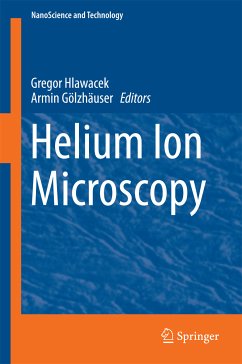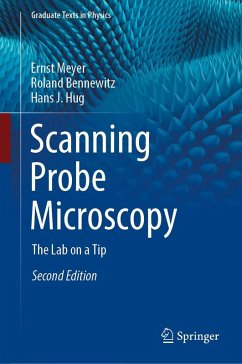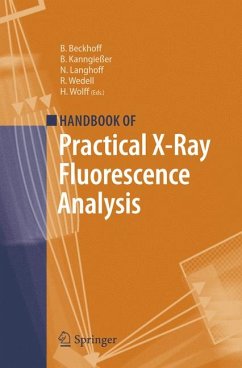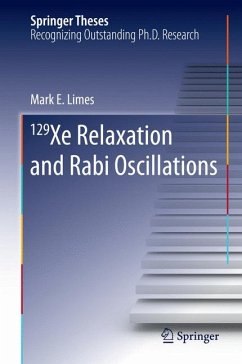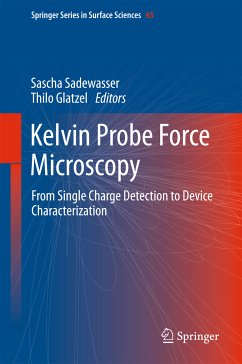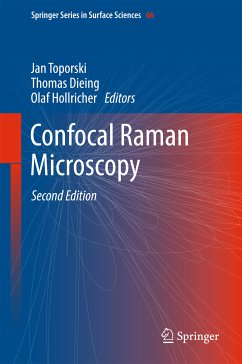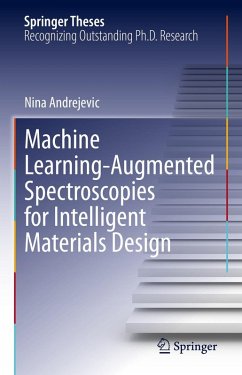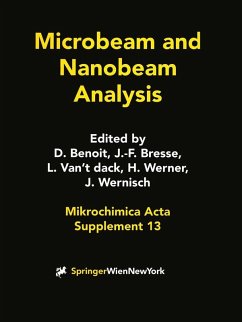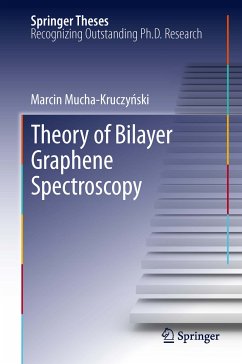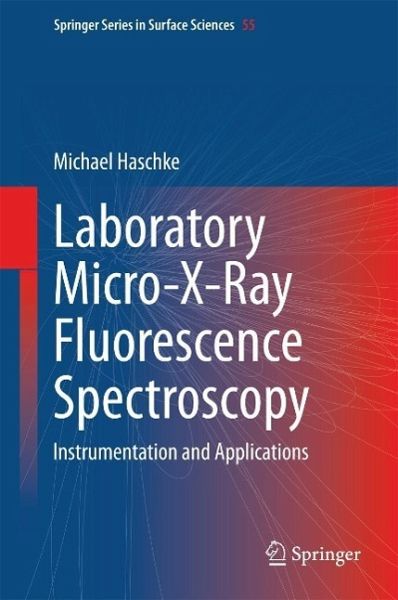
Laboratory Micro-X-Ray Fluorescence Spectroscopy (eBook, PDF)
Instrumentation and Applications
Versandkostenfrei!
Sofort per Download lieferbar
112,95 €
inkl. MwSt.
Weitere Ausgaben:

PAYBACK Punkte
56 °P sammeln!
Micro-X-ray fluorescence offers the possibility for a position- sensitive and non-destructive analysis that can be used for the analysis of non-homogeneous materials and layer systems. This analytical technique has shown a dynamic development in the last 15 years and is used for the analysis of small particles, inclusions, of elemental distributions for a wide range of different applications both in research and quality control. The first experiments were performed on synchrotrons but there is a requirement for laboratory instruments which offers a fast and immediate access for analytical resu...
Micro-X-ray fluorescence offers the possibility for a position- sensitive and non-destructive analysis that can be used for the analysis of non-homogeneous materials and layer systems. This analytical technique has shown a dynamic development in the last 15 years and is used for the analysis of small particles, inclusions, of elemental distributions for a wide range of different applications both in research and quality control. The first experiments were performed on synchrotrons but there is a requirement for laboratory instruments which offers a fast and immediate access for analytical results. The book discuss the main components of a µ-XRF instrument and the different measurement modes, it gives an overview about the various instruments types, considers the special requirements for quantification of non-homogeneous materials and presents a wide range of application for single point and multi-point analysis as well as for distribution analysis in one, two and three dimensions.
Dieser Download kann aus rechtlichen Gründen nur mit Rechnungsadresse in A, B, BG, CY, CZ, D, DK, EW, E, FIN, F, GR, HR, H, IRL, I, LT, L, LR, M, NL, PL, P, R, S, SLO, SK ausgeliefert werden.




